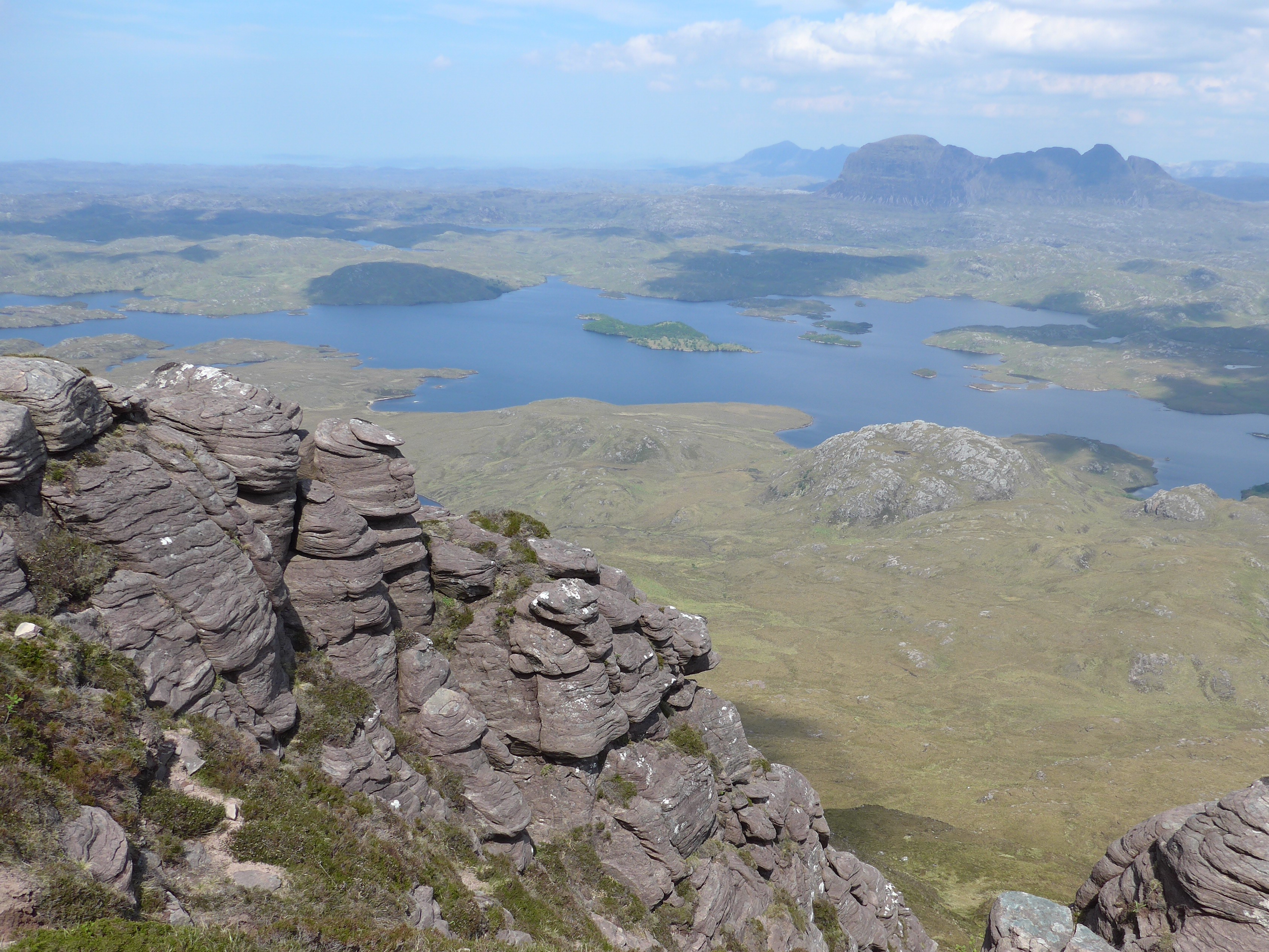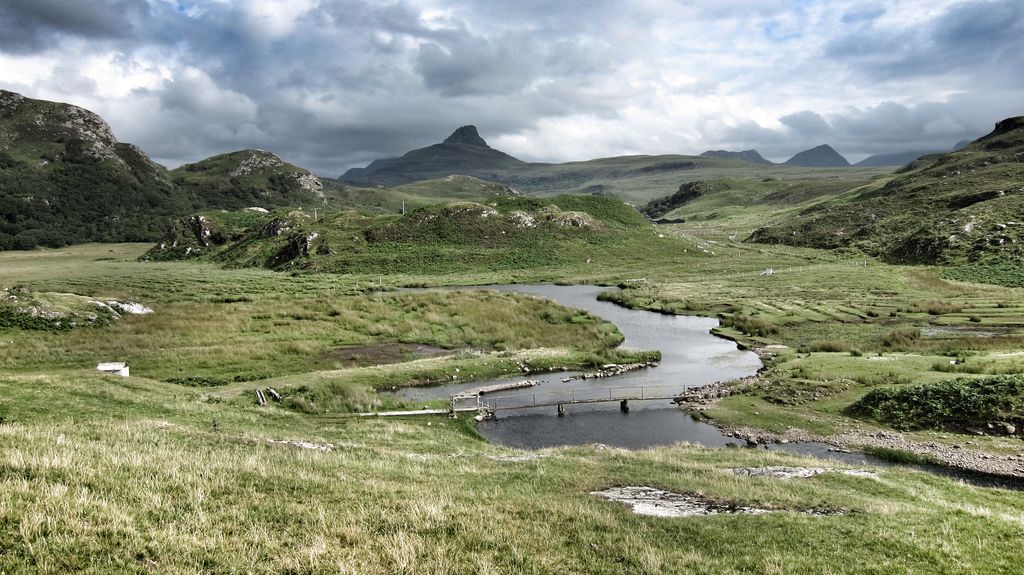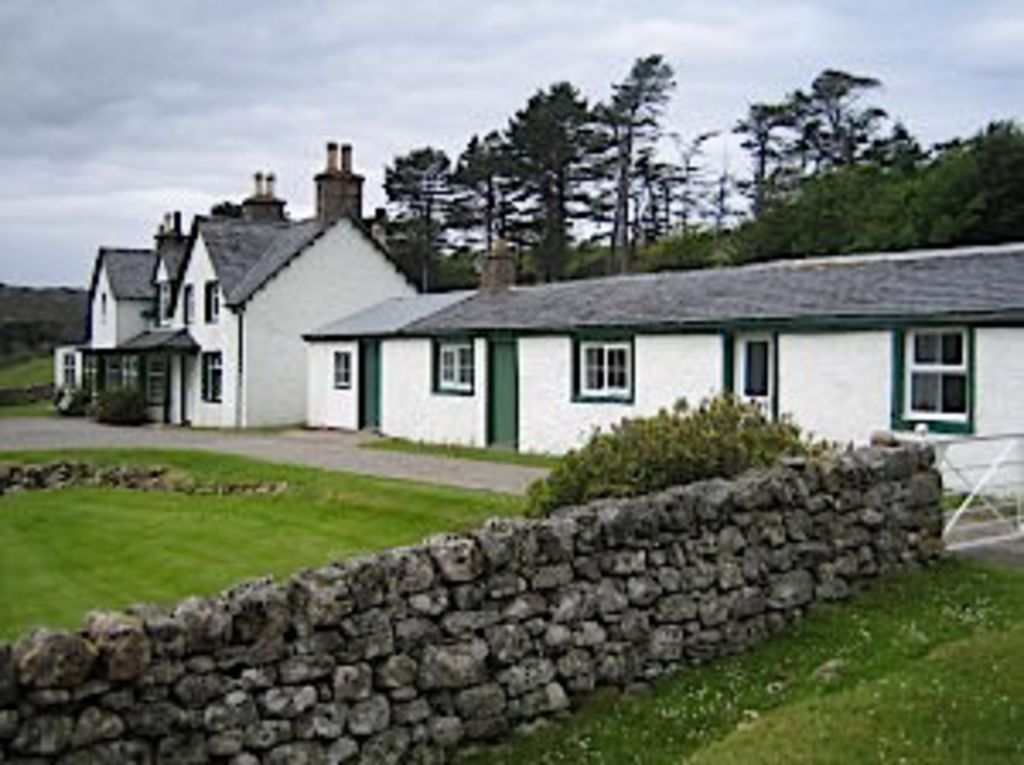Eisg Brachdaidh Freedom of Information Request
24th September 2020
A Freedom of Information (FOI) request was recently submitted to Nature Scot (formerly Scottish Natural Heritage) in connection with the proposed scheme to fence of the 5,000 acre Eisg Brachaidh Estate in Assynt. The scheme is controversial, and some background on the reasons why can be found here.
The information received can be accessed in three PDF documents on the right of this page (or at the bottom if you are viewing on mobile). In addition, a fourth document lists all those projects that have received funding from the Biodiversity Challenge Fund (BCF). Eisg Brachaidh is the single biggest recipient of money from the fund, although some other organizations have had multiple successful applications for different projects.
The request asked for:
“all documents such as environmental impact assessments, habitat impact assessments, woodland regeneration and age profile surveys, stakeholder consultations, finance projections, economic impact assessments as well as all emails, notes of telephone calls and minutes of meetings relating to the above project.”
The information received covered over 250 pages of text and maps. As always with FOI requests, the most important detail is often what is not provided.
Bearing in mind that this scheme has now been costed at just over £428,000, all of which is public money, it is notable that there are no environmental impact assessments or any reference to the need for these, there are no habitat impact assessments, there are no woodland regeneration and age profile surveys, there is no information from likely stakeholders, there is no economic impact assessment, and there are no notes of telephone calls or minutes of meetings. As is noted below, there are financial projections, but these proved to be inaccurate. There is no record of any communications with Scottish Forestry and no suggestion anywhere from anyone that working in collaboration with neighbours might work better.
There are two areas of real concern, either of which is now capable of stopping this project. Both can be found in the same email from the Woodland Trust to Nature Scot, dated 5th August 2020, and titled “Eisg Brachaidh Fencing Proposal”.
1. The Procurement Process


The high cost of this scheme can be attributed to the nearly 12 miles of deer fencing that would have to be erected. The cost in the application of £17.50 per metre was estimated, and this was sufficient to secure the grant received from the Biodiversity Challenge Fund (BCF).
The work was officially tendered, as per the Fund requirements. There were ten expressions of interest, but only one actual tender. This tender was for £18.50 per metre, and with non-recoverable VAT, the total cost came to just over £22 per metre, one of the most expensive deer fences in the Highlands. The rules of the fund require five competitive tenders for capital sums over £50,000, but this was not achieved. The rules of the fund, and of public sector procurement more generally have not been followed. This by itself should cause a withdrawal of the grant. The scheme has been costed on a single tender.
As a consequence of this, the cost of the project has increased by £79,206. The BCF grant at £198,340.67 has remained the same. The only solution is to ask one of the other funders (CALLP) to pay the difference out of their underspends elsewhere, with the Woodland Trust bearing the interim costs if required. The FOI material covers all this. CALLP are already significant funders. The £79,206 is additional cost to them.
Such an outcome could not have arisen if five tenders had been secured before the application for grant was made.
There is an additional element to this: it is difficult to believe that ten fencing contractors looked at a £400,000 project and nine of them decided not to tender. We can probably deduce from this that they thought there was an unacceptable level of risk, either because of the environment, the logistics of the scheme, or some other reason. This too should cause concern. It implies this is a risky scheme. One contractor has now given us information that they do indeed feel this is a very risky scheme and that it may have harmed their reputation to be associated with it.
2. The Deer Cull Required


It is accepted that the deer that are caught inside the fence when it is closed will have to be culled. In terms of numbers, there were 98 animals inside the fence in a 2016 helicopter count. The Woodland Trust application form suggests that deer densities of 15 per sq km can arise in the woodlands in winter, and this is why they need fenced. Over 2000 ha, this would equate to 300 deer. This is probably unlikely, but it may be possible, and you would have to plan for this.
The FOI material suggests the plan is to cull these deer “in one session”. You often see sensationalist headlines relating to deer culls that talk about ”slaughter” and these are almost always over stated for effect, with the reality being that animals are culled in twos and threes over a period of many months. However, it appears in this case that the plan is genuinely to kill all these animals in one go, within a confined if large space which has a public road running through it. The deer will run the fences trying to escape, potentially breaking it, and all at a time of year when they may well be at their weakest. This is the nightmare scenario which many gamekeepers fear is now about to befall the Highlands because of new government policy.
If that is not enough, this project is being contemplated during a global pandemic, and it is quite possible that there will be no venison market. In such a situation, the deer will either have to be left out, or some very expensive means of disposing of the carcases will be required.
Nature Scot personnel have looked at this plan, which is clearly stated, and they have passed this as a credible operation, totally undermining the reputation of their organization.
There are many other pertinent points apparent in the FOI material, but these two alone suggest that this is a scheme that is never going to see the light of day if it is challenged. In deciding to fund it, and then approving the deer cull plan outlined, it is obvious that Nature Scot simply do not have the capacity, processes or know-how to be handling applications of this size and nature.
The FOI notes in several areas that Nature Scot staff knew that this scheme would be hugely controversial. On this point at least, they are correct, but they have still decided to go ahead with it. Why is that?

